 |
| Japan |
| Shinkansen - The Bullet train |
|
The Shinkansen also known as
the "Bullet Train", is a network of high-speed railway
lines in Japan operated by four Japan Railways Group companies.
Starting with the Tokaido Shinkansen (515.4km) in 1964, the
network has expanded to currently consist of 2,387.7 km of lines
with maximum speeds of 240–320 km/h, 283.5 km of
Mini-shinkansen lines with a maximum speed of 130 km/h, and 10.3
km of sur lines with Shinkansen services. The network presently
links most major cities on the islands of Honshu and Kyushu, with
construction of a link to the northern island of Hokkaido
underway. The maximum operating speed is 320 km/h (on a 387.5 km
section of the Tohoku Shinkansen as of 16 March 2013). Test runs
have reached 443 km/h for conventional rail in 1996, and up to a
world record 581 km/h for maglev trainsets in 2003. Shinkansen
literally means new trunk line, referring to the tracks, but the
name is widely used inside and outside Japan to refer to the
trains as well as the system as a whole. The name Superexpress
initially used for Hikari trains, was retired in 1972 but is
still used in English-language announcements and signage. The
Tokaido Shinkansen is the world's busiest high-speed rail line.
Carrying 151 million passengers per year, it has transported more
passengers (over 5 billion, entire network over 10 billion) than
any other high speed line in the world. Between Tokyo and Osaka,
the two largest metropolises in Japan, up to thirteen trains per
hour with sixteen cars each of any High-speed rail network until
2011, when China's high speed rail network surpassed it at 370
million passengers annually. In 2012, Japan Rail Central reported
that the Shinkansen's average delay from schedule per train was
36 seconds. This includes delays due to uncontrollable causes,
such as natural disasters. The record in 1997, was 18 seconds.
Here are some pictures
from the different lines we used on our way through Japan. On the
last part we passed the holy mountain Fuji, and we were lucky,
the weather was quite good for some good shots. Click on the picture
to get a larger version.
| |
1. Kyoto - Hiroshima, 400 km |
| |
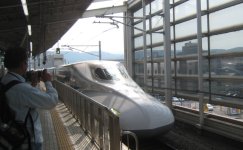 |
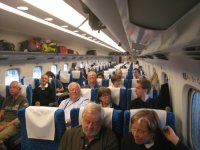 |
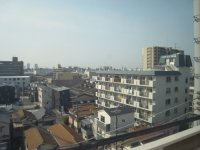 |
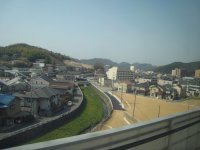 |
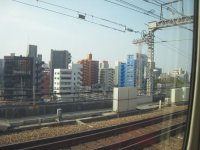 |
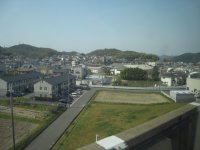 |
|
| |
Arriving
exactly on time |
Comfortable |
View along the line |
|
| |
|
|
|
|
|
|
|
| |
2. Hiroshima - Kagoshima, 406 km |
| |
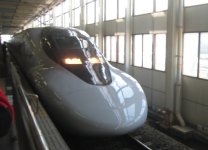 |
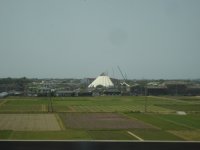 |
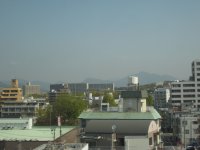 |
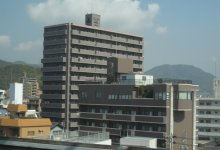 |
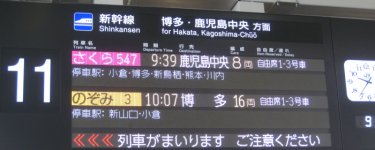 |
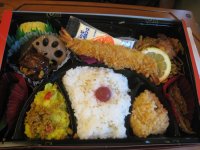 |
|
| |
Arriving
exactly on time |
Along the line |
Information
on the station |
Lunchtime |
|
| |
|
|
|
|
|
|
|
| |
3. Kagoshima - Osaka, 809 km |
| |
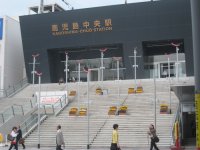 |
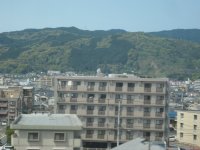 |
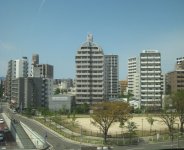 |
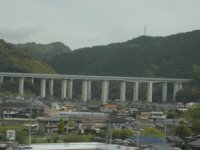 |
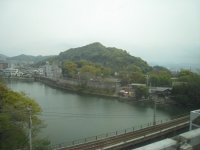 |
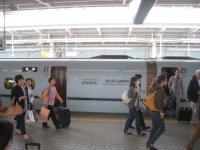 |
|
| |
Modern
station |
View along the line |
Arriving
in Osaka |
|
| |
|
|
|
|
|
|
|
| |
4. Osaka - Tokyo, 515 km |
| |
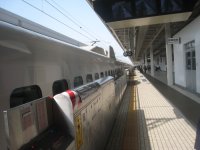 |
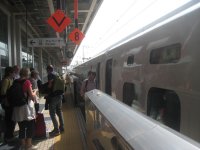 |
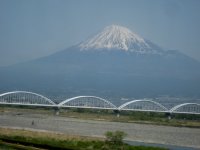 |
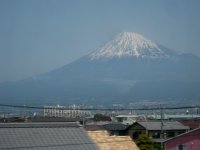 |
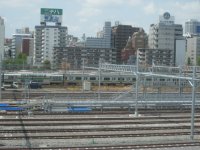 |
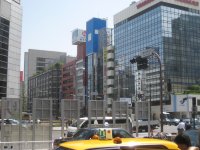 |
|
| |
Train increased from 8 to 16 wagons |
High light of the trip |
Tokyo, we are ready for you |
|
< Back to the index













